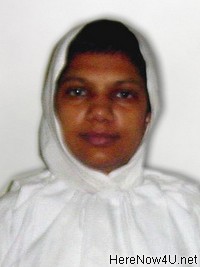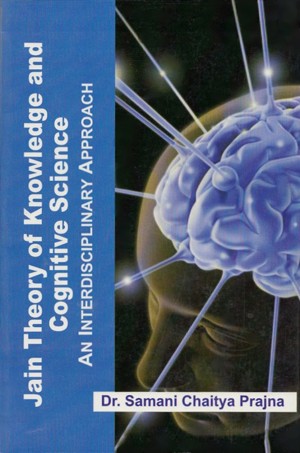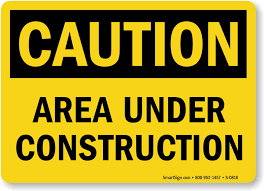3.3 Sensation and Stage of Sensory Registration
The cognition acquired by senses and mind is not as clear and Perfect as the cognition acquired by soul. Therefore it develops gradually. In this order first comes the sensation. When qualities of the object like sight, taste and smell etc. come in contact with senses, there is only a general impression of the existence of the object, which is known as indeterminate perception. After this perception, when the knower gets inclined to know the particular characteristics of that object, the first step of that inclination is known as sensation.[17] In order to explain how indeterminate cognition and determinate cognition occur or how gradually the order of cognition increases when the senses come into the contact with the object. Two examples are given here:
Suppose a person is fast asleep. Another man calls him many times and tries to arouse him. The sleeping man does not wake up at the first call, not even at the second call. When being called repeatedly; his ears are fully filled with the atoms of sound. Scientifically, it can be expressed as the state when ears are filled with sound waves; he utters an abstract sound as a response, denoting that he has received the message. It takes ears a lot of time (infinite time) to be filled with the atoms of sound. This primary relation of sense and subject having infinite time is indeterminate cognition.
After the reception from indeterminate cognition of little expressed but unexpressed in word's is determinate cognition. This determinate cognition is said to be 'unexpressed' because in this too, there is the reception or cognition of substance minus class, property.
The modern psychology also considers this a first stage of cognition called it as the sensory registration stage. For e.g. the retinal images are encoded and sent up the optic pathways to the thalamus. The retinal images are sharpened, and the different kinds of information they contain are stored out and sent on to specific cortical locations for further processing.[18] Similarly, the stage of avagraha occurs when sound waves are collected into the ears and ear takes in sound waves of particular wave length and frequency. Thus, till now data input has been done, here starts the processing of the data followed by the is stage called Īhā.
 Samani Chaitya Pragya
Samani Chaitya Pragya

